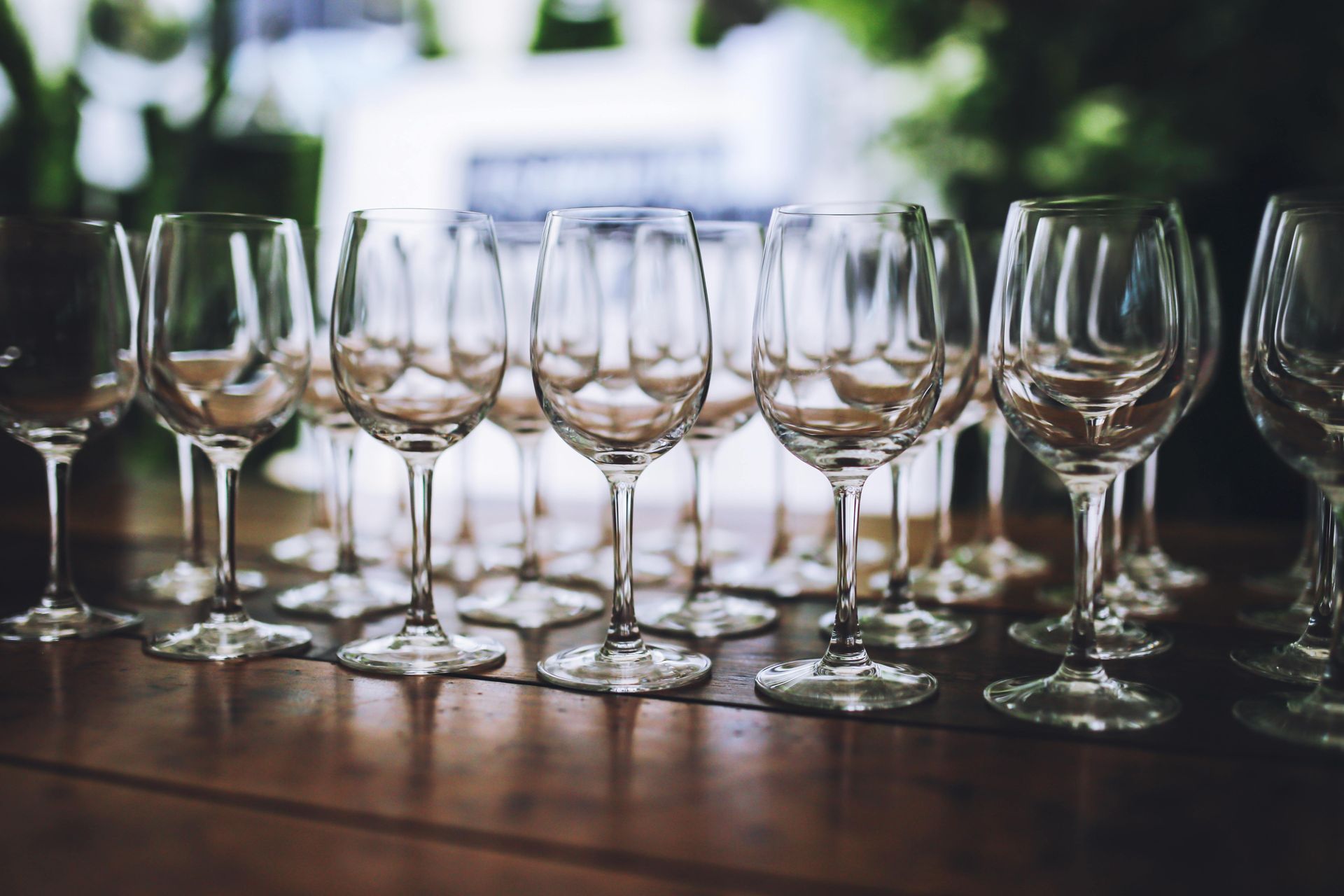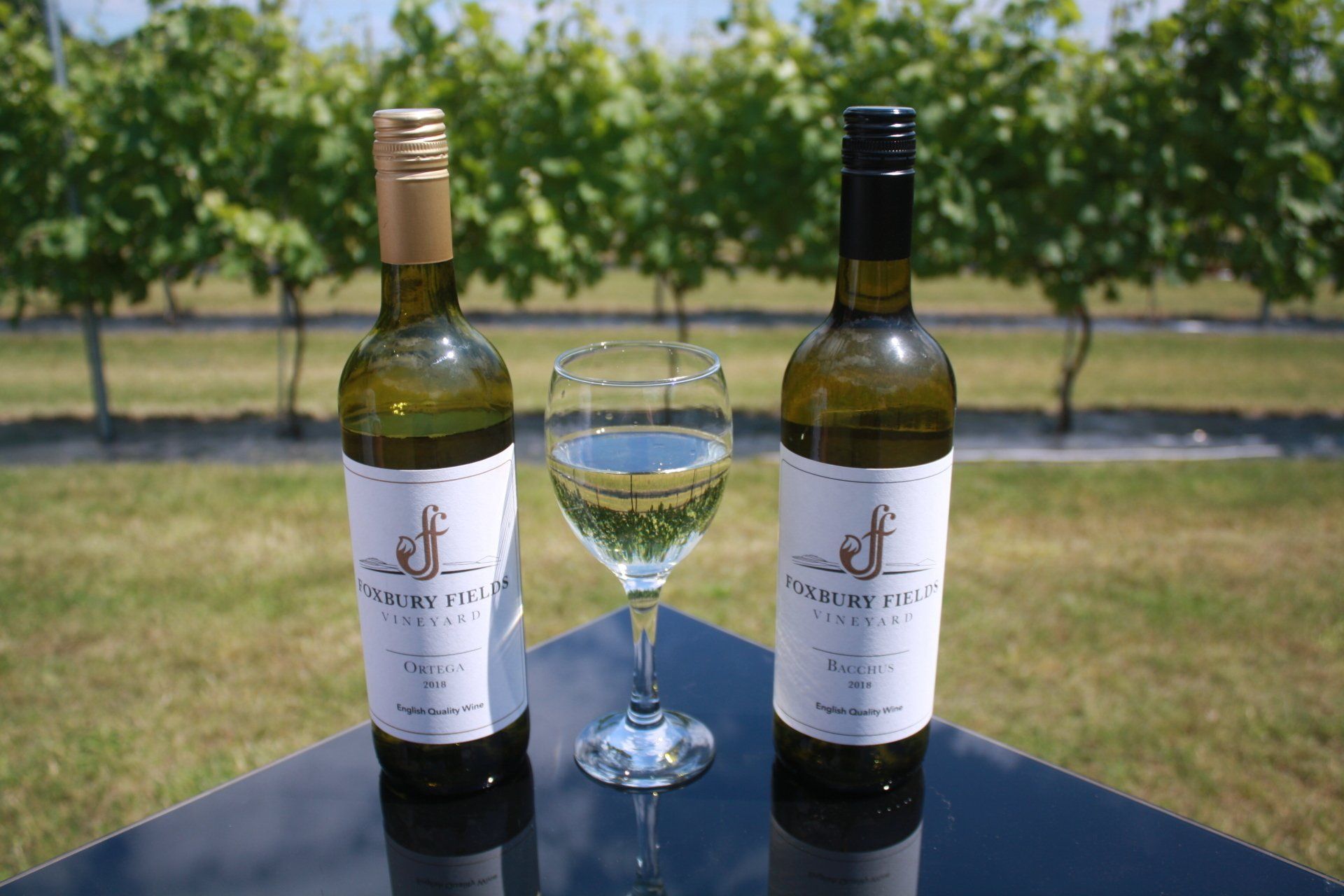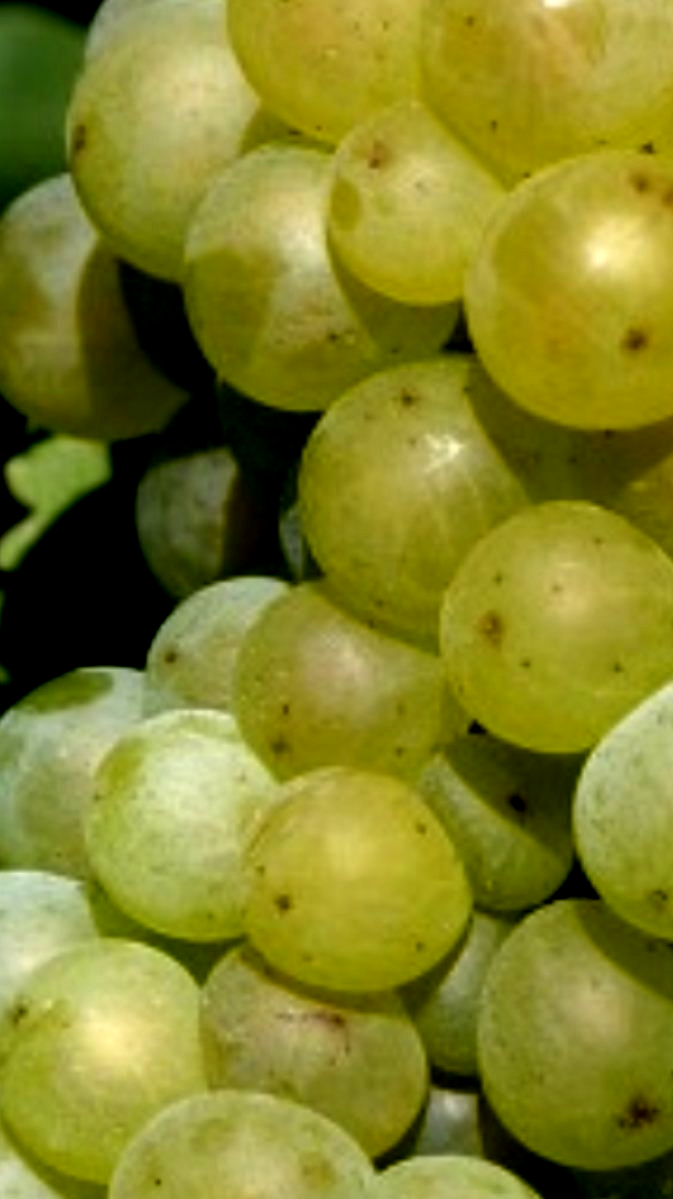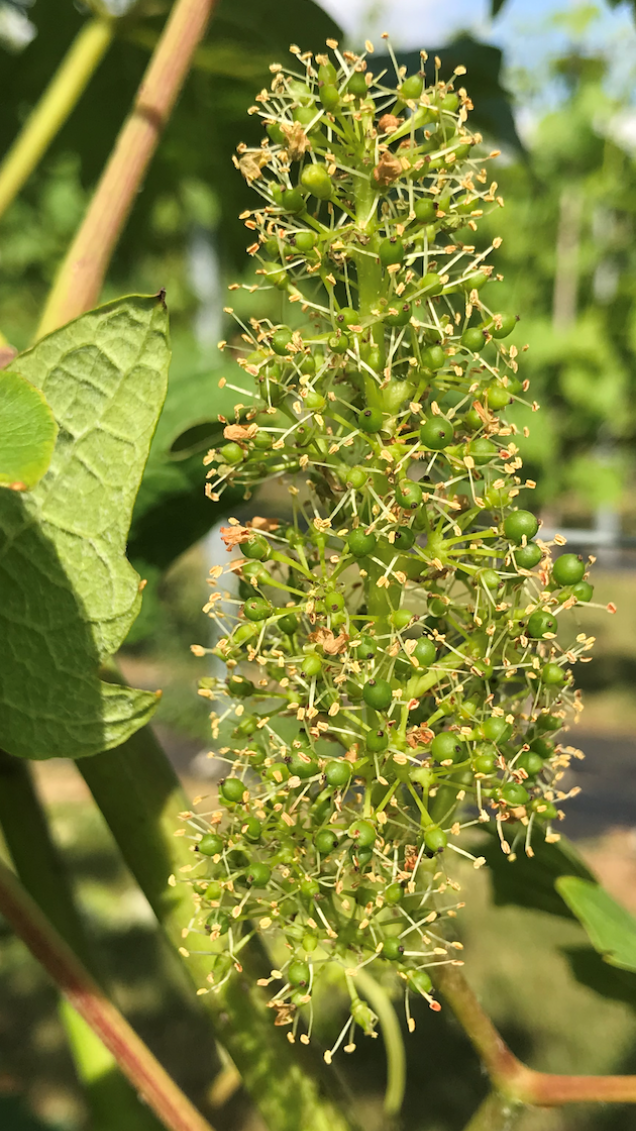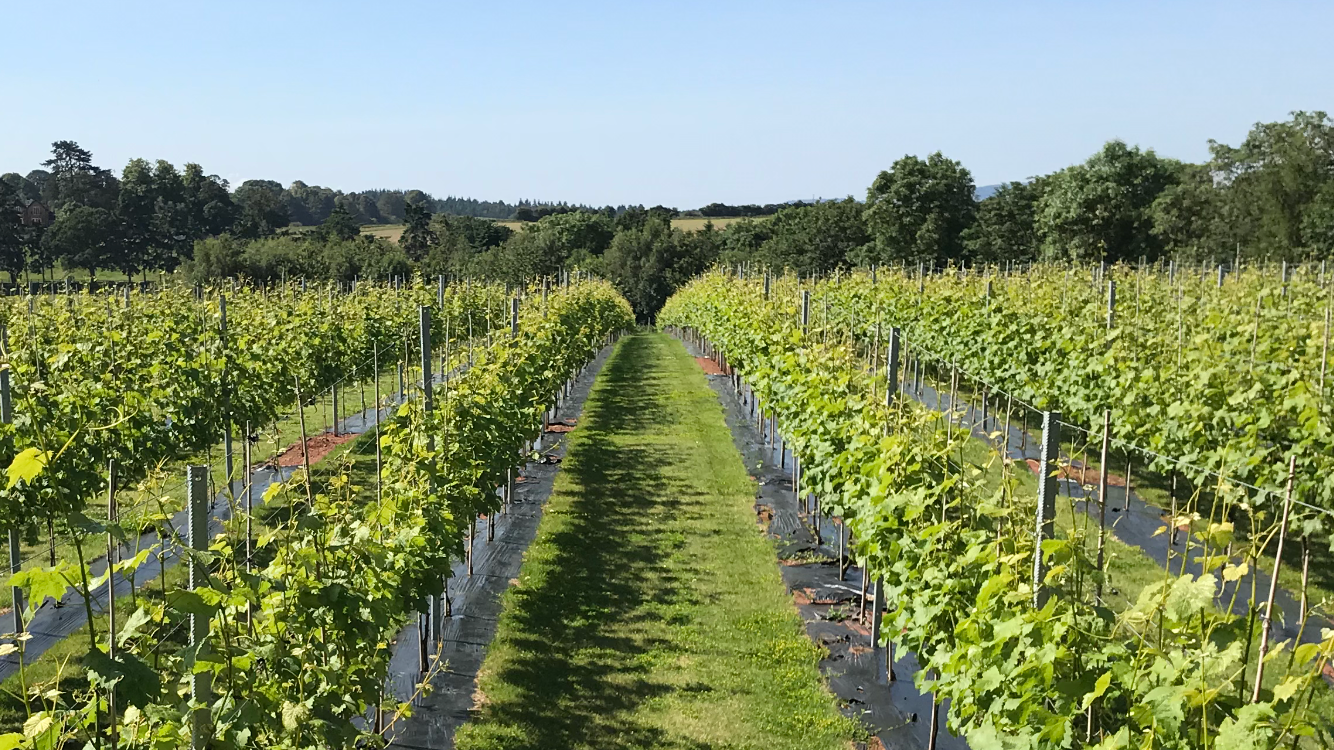Our stockists
Heather Williamson • 16 July 2021
We’re proud to have our award-winning Ortega and Bacchus wines stocked by lovely local to us stores, shops and even garden centres.
Please find our current stockists below:
•
Hay Wines
• Leaf Creative
• Oakchurch Farm Shop
• The Old Railway Line Garden Centre
• The Nest
• The Wine Shed
• Number 25 Delicatessen
• Leaf Creative
• Oakchurch Farm Shop
• The Old Railway Line Garden Centre
• The Nest
• The Wine Shed
• Number 25 Delicatessen
If any businesses in the area would also be interested in stocking and selling our wines direct to the public, we would love to hear from you too.
Get in touch with us by calling 07974793367
or emailing heather@foxburyfields.co.uk.
If you’d like to buy our wine online, you can do here.
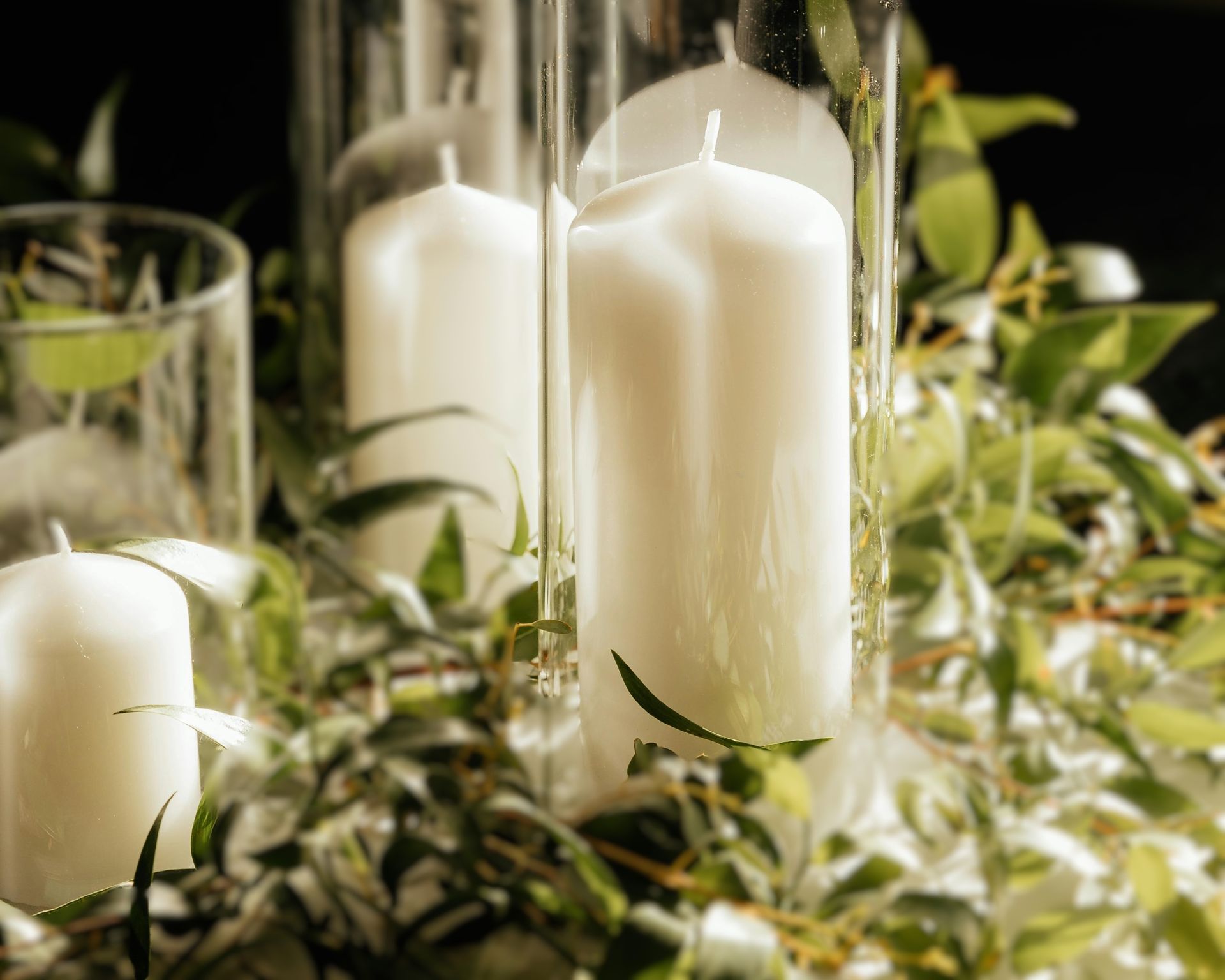
Looking to add a handmade touch to your Christmas table this year? A festive foliage candle arrangement is a beautiful, natural way to bring seasonal charm to your home – and it’s easier to make than you might think! Here’s how to create your own stunning centrepiece using fresh greenery and a little creativity and afterwards you can raise a glass of our wine to celebrate your successful creation. What you’ll need: A small round or square floristry dish (around 6–7 inches) An environmentally sound floral foam (cut to fit your dish) Florist tape A candle — either a tall taper or a classic church candle A selection of fresh foliage Gloves and sharp secateurs Optional decorations: pinecones, dried orange/lime slices, cinnamon sticks, baubles, and mini festive ornaments Florists wire (for securing decorations) Step-by-step guide : Prepare your base Cut your foam to fit snugly inside the floristry dish. Soak it thoroughly in water, then place it back into the dish. Use florist tape to secure it – tape across both sides and wrap around the dish but leave the centre clear for your candle. Add your candle Choose your candle style – a thin taper for elegance or a church candle for a traditional look. For a church candle, gently scrape out a hole in the foam to nestle it securely. Select and prepare your foliage Use a mix of fresh foliage to keep your arrangement looking vibrant for longer. Wearing gloves, trim each piece with secateurs, removing lower leaves to leave a clean stem for easy placement. Build your arrangement Start at the base, inserting one piece of foliage at a time. For a round shape, keep all pieces the same length. For an oval design, use shorter pieces on the sides. As you work upwards toward the candle, gradually shorten each layer to create a neat, tapered effect. Add festive flair Fill any gaps with extra foliage, then decorate with seasonal touches – pinecones, dried citrus slices, cinnamon sticks, baubles, or mini ornaments. Use florists wire to secure them in place. Care tips Keep your arrangement in a cool spot, away from direct heat, and water the foam regularly to keep the foliage fresh throughout the festive season.
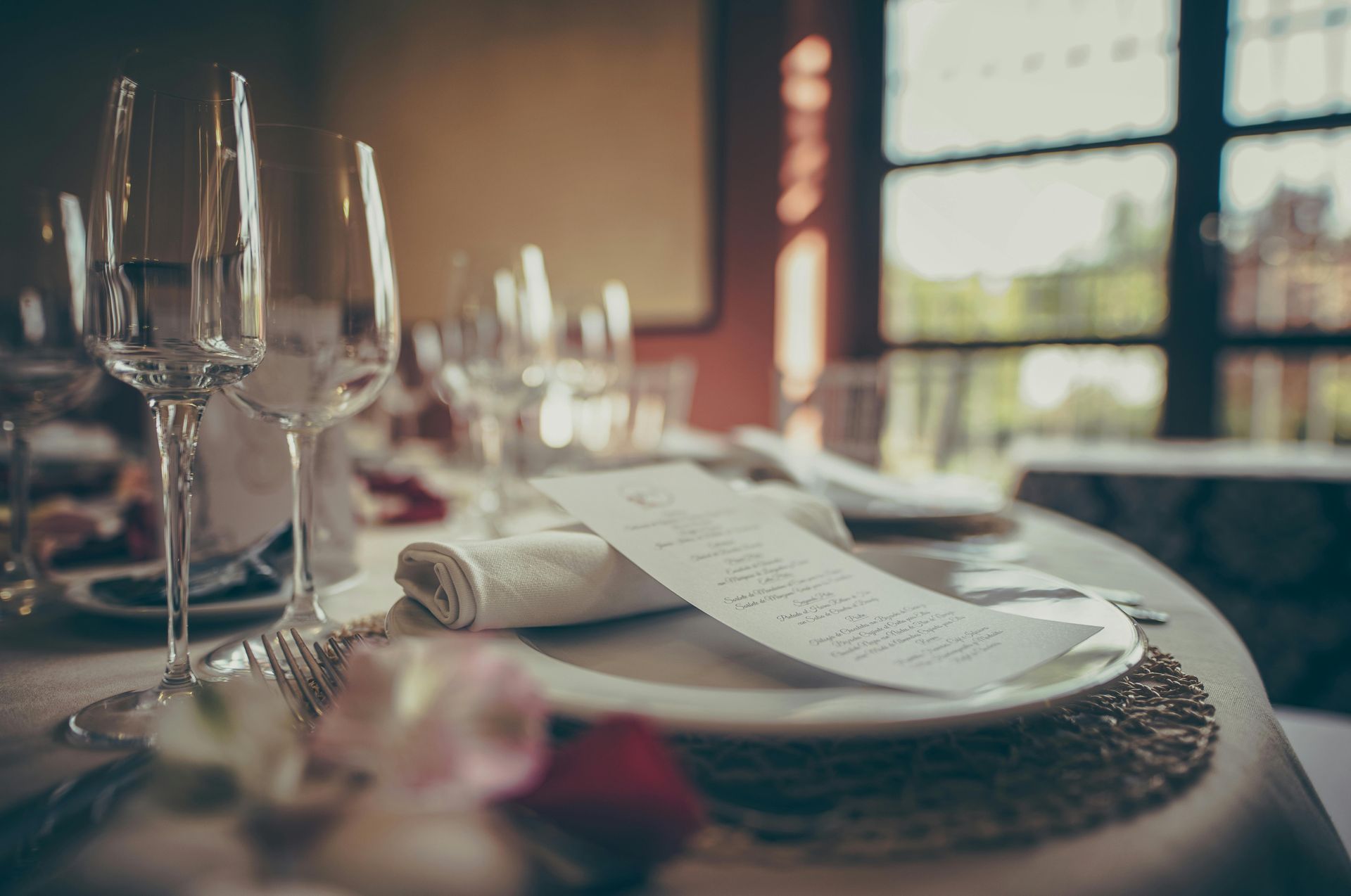
Creating a refined dining experience begins with the details – and one of the most impactful yet often overlooked elements is the arrangement of wine glasses in relation to other tableware. A well-set table not only enhances the aesthetic appeal but also reflects thoughtfulness and sophistication, setting the tone for a memorable meal. Arranging glassware When arranging glassware, symmetry and accessibility are key. Begin by placing the water glass to the left, slightly above the main plate. This anchors the layout and serves as a visual starting point. Next, position the red wine glass to the right of the water glass, aligning it diagonally above the knife. This placement balances the setting and allows for easy reach. Serving white wine If serving white wine, place the white wine glass to the right of the red wine glass, forming a gentle arc that guides the eye and hand naturally. This arrangement ensures that each glass is within comfortable reach and clearly designated for its purpose. It also complements the overall flow of the table, harmonising with the placement of plates, cutlery, and napkins. Small touches Whether you’re hosting a formal dinner or a casual gathering, these small touches elevate the experience and show your guests that every detail has been considered. Once the glasses are in place, serving wine becomes an art in itself. Present each bottle with care, pour with precision, and match the wine to the appropriate glass. With a thoughtfully arranged table and a graceful presentation, your guests will not only enjoy the meal but also appreciate the ambiance you’ve created.
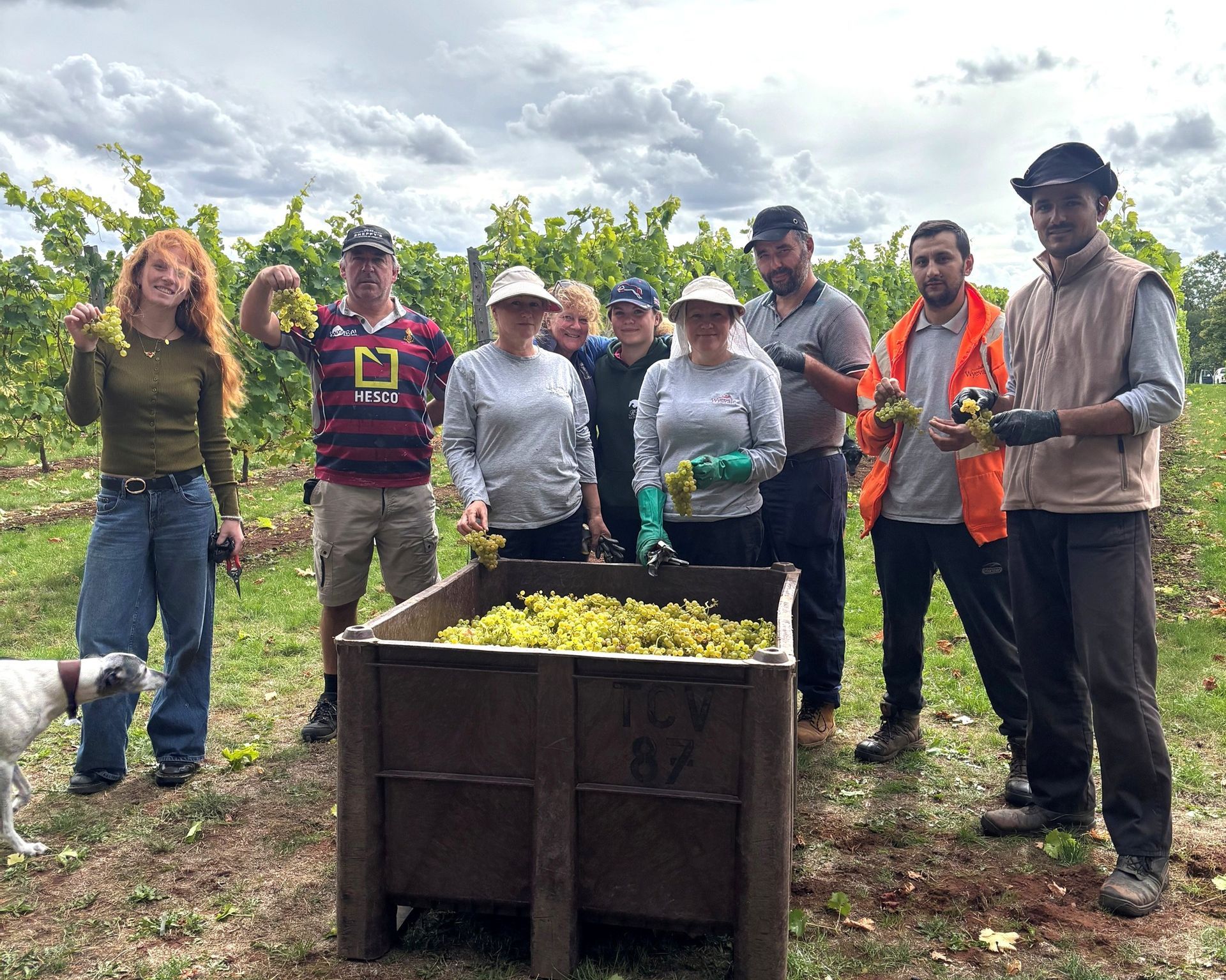
We’ve scooped a Bronze Medal at the 2025 Wines of Great Britain (WineGB) Awards. We achieved the award for our Ortega in a year where the body saw still wines for the first time surpass sparkling in entries and medals. Ortega wine The WineGB Awards take place each year and we’re thrilled to have been awarded one of the 2025 coveted medals for our 2023 still, white, Ortega wine, which is made with grapes grown at our little vineyard at the foot of the Malvern Hills. Organised and run by the wine industry body, WineGB, the aim and purpose of the awards is to send out a powerful message on the quality, consistency and variety of wines grown solely in England and Wales. It’s wonderful to be showcased alongside our peers, who come from so many different areas and range in sizes from large to micro, like us. Boom time During the past few years, English wines have seen a boom time and this has been shown by the high calibre of entrants this year. The judges sipped their way through hundreds of entries from lots of wonderful wine producers. The standards were very high this year and we scored an amazing 87 points to achieve our Bronze. WineGB is the national association for the English and Welsh wine industry. It represents, leads and supports the sustainable growth of the Great British wine sector. Well-deserved recognition Melania Battiston, Judging Panel Lead, adds: “With still wines, while the quality is undoubtedly high, they are less predictable, which is part of what makes them so exciting. There’s a sense of freedom and experimentation, with winemakers exploring their own styles and, thanks to WineGB, increasingly gaining well-deserved recognition for it.” With more than 500 members, WineGB works to cultivate success across the industry. It supports its three key areas of activity: to ensure strong production and a skilled workforce, to increase sales and safeguard quality, and to enhance the reputation of English and Welsh wine. Exceptional homegrown wine It’s really spectacular being recognised by such an important organisation in our sector. It supports our long-held belief that homegrown wine can taste exceptional. All about the wine The Ortega grape is a combination of Müller-Thurgau and Siegerrebe and the wine we produce is a delightfully perfumed medium dry white wine with refreshing lemon and orange aromas. Crisp and deliciously fruity, it is wonderful on its own, as an aperitif or is an ideal accompaniment to fish dishes. Ortega wines often have hints of Muscat and peach, along with a citrus aroma, which produces a crisp and fruity wine. The judges’ tasting notes described it as having a lemony hue with soft white currant and greengage on the nose. Creamy mid-palate and crisp finish. Interesting texture and weight. Ortega matures early and isn’t susceptible to frosty conditions, making it ideal for wine production in the UK. Buy our wine online You can buy our current wines online from our e-store here . Like to stock us? If any businesses in the area would be interested in stocking and selling our Foxbury Fields Vineyard wines direct to the public, we would love to hear from them too. They can get in touch with us by calling 07974793367 or emailing heather@foxburyfields.co.uk .

Each glass of wine is a unique experience. From the swirl of the glass to the aroma that rises with each sip, every detail contributes to the enjoyment. One often-overlooked aspect of wine appreciation is the glass itself. The way you hold it and the type of glass you choose can significantly elevate your wine drinking experience. Hold with grace Start with how you hold your wine glass. Grasping it by the stem isn’t just about looking refined – it serves a practical purpose. Holding the bowl of the glass transfers heat from your hand to the wine, potentially altering its intended temperature and flavour profile. By holding the stem, you preserve the wine’s integrity while adding a touch of elegance to your presentation. Choose the right glass Not all wine glasses are created equal. The shape and size of the glass can enhance the wine’s aroma, flavour, and overall experience. Here are three tips to help you choose wisely. Match the glass to the wine Different wines have unique characteristics, and the right glass can highlight them beautifully. Sparkling wines, for instance, shine in tall, narrow flutes that help preserve their effervescence. Meanwhile, full-bodied reds benefit from wide bowls that allow the wine to breathe and develop its complex aromas. Mind the rim Trim of the glass affects how the wine flows onto your palate. A wider rim suits bold wines, offering a fuller taste experience. For delicate, aromatic wines, a narrower rim helps concentrate the bouquet, enhancing the sensory pleasure. Pairing with food The right glass can also complement your meal. A wide bowl is ideal for red wines paired with rich dishes like steak or pasta, allowing the wine’s aromas to mingle with the food’s flavours. This harmony between wine and cuisine creates a more immersive dining experience. Sip, savour, celebrate By paying attention to these details, you can transform a simple glass of wine into a moment of indulgence. Whether you're hosting a dinner party or enjoying a quiet evening, the right glass and a mindful approach can make all the difference. So next time you pour a glass, remember – it’s not just about the wine – it’s about how you enjoy it. Cheers to enhancing every sip! Check out our latest blog to find out more.

Wine is more than just a drink – it’s a ritual, a celebration of culture, craftsmanship, and connection. To truly appreciate wine, one must go beyond taste and aroma and embrace the art of pouring with precision and grace. This seemingly simple act can transform the entire experience, adding elegance and intentionality to every glass. Mastering the pour Mastering the pour begins with how you hold the bottle. Always grip it by the neck, not the body. This prevents fingerprints from smudging the label, preserving the bottle’s presentation – especially important when serving guests or showcasing a prized vintage. It’s a subtle gesture, but one that speaks volumes about your attention to detail. Next, focus on the pour itself. Wine should be poured slowly and steadily, allowing it to gently cascade into the glass. This not only minimizes splashing but also helps release the wine’s aromas, enhancing its bouquet. A controlled pour also ensures the right amount is served – typically about one-third of the glass – to allow room for swirling and aeration. Decanting For red wines, especially older vintages, consider decanting. Decanting allows the wine to breathe, softening tannins and unlocking deeper layers of flavour and complexity. It’s a graceful process that signals reverence for the wine and heightens anticipation for the tasting to come. These techniques aren’t just about aesthetics – they’re about respect. Respect for the wine, the winemaker, and the moment. Whether you’re hosting a dinner party or enjoying a quiet evening alone, pouring with care elevates the experience from routine to ritual. Glass etiquette Once you’ve mastered the pour, the next step is understanding proper wine glass etiquette. From choosing the right glass shape to holding it correctly, every detail contributes to the enjoyment and appreciation of wine. In the world of wine, grace and precision go hand in hand. By refining your pouring technique, you not only showcase your knowledge but also create a more immersive and memorable experience for yourself and others. So, the next time you uncork a bottle, take a moment to pour with intention – and savour the elegance in every drop.
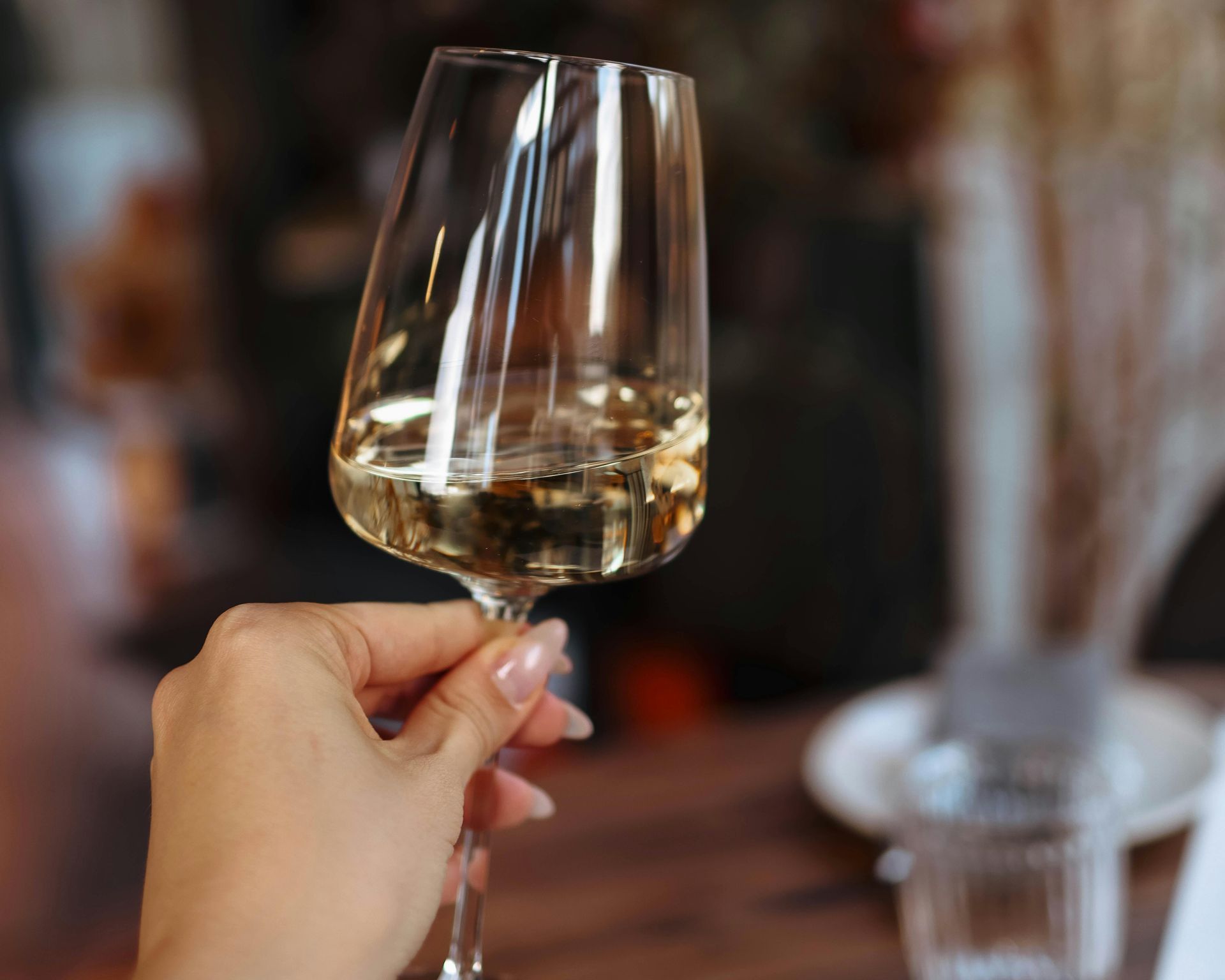
There’s something undeniably sophisticated about serving wine with finesse. Whether you're hosting a dinner party or enjoying a quiet evening with friends, mastering the art of wine presentation elevates the entire experience. From how you hold the glass to the way you pour, every detail matters. Holding the wine glass correctly Let’s be honest – no one wants to be that person awkwardly clutching their wine glass like it’s a science experiment. The key to elegance is in the grip. Always hold your wine glass by the stem, using your thumb, index, and middle finger. This not only looks refined but also prevents your hand from warming the wine or leaving smudges on the bowl. The goal is to let the wine shine—visually and aromatically—without interference. Think of it like this: you’re not just holding a glass, you’re holding a moment. A swirl of flavour, a hint of aroma, a sip of sophistication. So, grip that stem with confidence and a touch of sass. You’ve got this. Pouring wine with precision and grace Now that you’ve nailed the hold, let’s talk about the pour. Pouring wine isn’t just about getting liquid into a glass – it’s a ritual. Tilt the glass slightly and pour slowly, allowing the wine to flow smoothly. This controlled pour helps the wine breathe, releasing its full bouquet of aromas and flavours. Precision in pouring also shows respect—for the wine and for your guests. It’s a subtle way of saying: “I care about this experience.” Avoid overfilling the glass; a good rule of thumb is to fill it about one-third full. This leaves room for swirling, which enhances the wine’s aroma and taste. Final thoughts Serving wine with finesse is all about the details. A graceful hold, a thoughtful pour, and a confident attitude can transform a simple glass of wine into an elegant experience. Whether you're a seasoned sommelier or just starting your wine journey, these small touches make a big impact. So next time you raise a glass, do it with style. Because wine isn’t just a drink – it’s an experience. And you, my friend, are the curator of that moment.
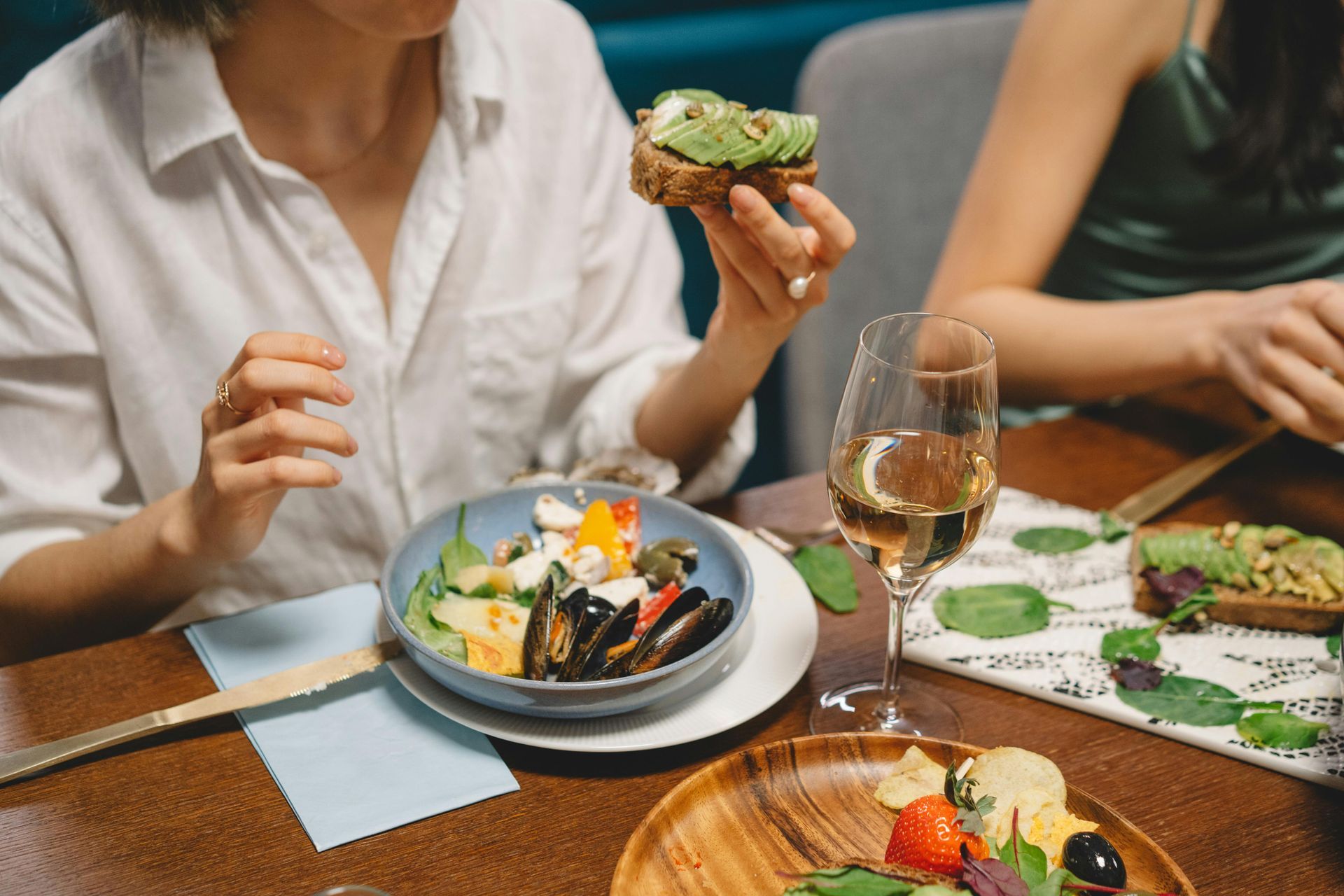
Whether you’re a seasoned wine enthusiast or just beginning your journey into the world of wine, understanding the finer points of wine etiquette can elevate your experience. From how to hold a glass to the ideal serving temperature, here are answers to some of the most frequently asked questions about enjoying wine with style and sophistication. How should you hold a wine glass? The way you hold a wine glass says a lot about your appreciation for the drink. Always grip the stem delicately between your thumb, index and middle fingers. This not only prevents your hand from warming the wine but also adds a touch of elegance to your presentation. Holding the bowl of the glass is a common mistake that can affect the wine’s temperature and your overall experience. What’s the proper way to aerate red wine? Aerating red wine is essential for unlocking its full flavour profile. The best method is to use a wide-bottomed decanter. Pour the wine slowly into the decanter, allowing it to mix with air and release its aromas. This process softens tannins and enhances the wine’s complexity. While red wines benefit most from aeration, some white wines can also improve with a bit of breathing time. Does glassware really matter? Absolutely! The shape and size of your wine glass can significantly impact the taste and aroma. For example, red wine glasses typically have a larger bowl to allow for better aeration, while white wine glasses are narrower to preserve delicate aromas. Using the correct glassware ensures you get the most out of every sip. What is the ideal serving temperature for wine? Temperature plays a crucial role in how wine tastes. Red wines are best served slightly below room temperature, around 60–65°F (15–18°C). White wines, on the other hand, should be chilled to about 45–50°F (7–10°C). Proper storage and serving techniques help maintain these temperatures and preserve the wine’s intended flavor. Should you swirl your wine before drinking? Yes! Swirling your wine is more than just a stylish gesture – it helps release the wine’s bouquet, enhancing your sensory experience. This technique is especially useful for wines that have been decanted, as it allows them to breathe and reach their full potential. Mastering these basics will not only improve your wine tasting skills but also add a layer of sophistication to your gatherings. Cheers to enjoying wine the refined way!
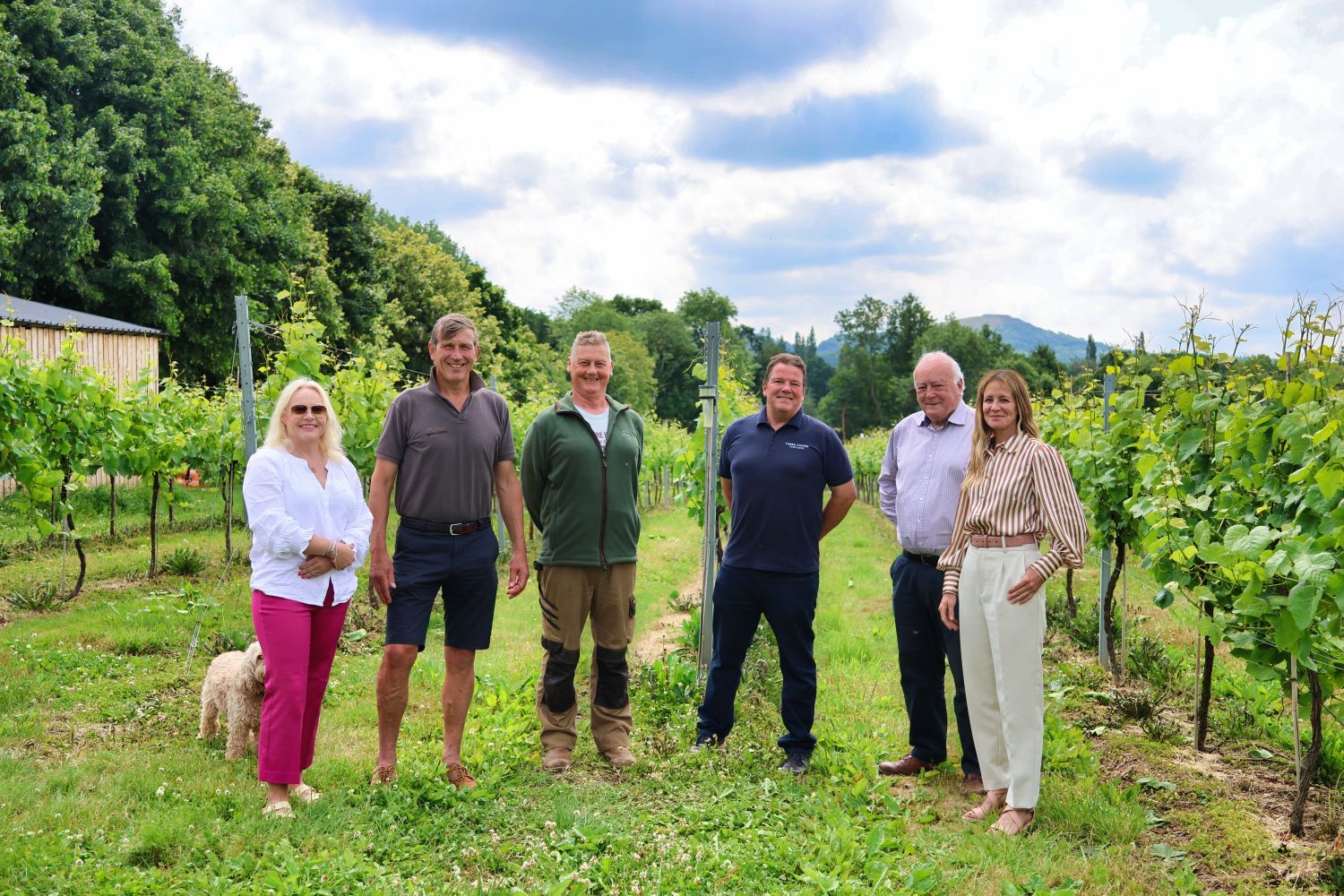
We’ve joined five other independent vineyards in Herefordshire, Gloucestershire and Worcestershire to pool our experience, expertise and reputation for growing great grapes and making excellent wines (September 2025) . The Malvern Hills Vineyards Collectively, we will be known as The Malvern Hills Vineyards and together we grow 14 grape varieties across more than 68 acres. We’re delighted to be collaborating with these wonderful vineyards on this joint venture. Excellent wines Making excellent wines is going from strength to strength in our area and together we want to capitalise on this and ensure we make our joint name better known national and internationally. We’re working together to raise awareness and interest in our sector and have a wonderful new website where people can find out more here . Tremendous growth The wine industry in the UK is experiencing tremendous growth and we’re delighted to be part of this. The Malvern Hills Vineyards group includes us and Three Choirs, Chase End, Bromesberrow Place, Marlbank and Two Beacons. Deep roots The character and story of each vineyard is unique, but what we all have in common is people with a passion for the art and craft of viticulture, and a respect for the soils that nurtures their vines. Winemaking has very deep roots in the Malvern Hills – grapevines were grown in the area back in Roman times. Production We’ve had some great production years recently including 2023, which was pretty near perfect in terms of the weather, the harvest and the number of bottles produced. 2024 proved a bit challenging with all the wet weather at the start of the year so it’s going to be interesting to see how we all fare in 2025, especially with the drier year we’ve had so far. Wine tourism WineGB’s ‘UK Wine Tourism in 2024 Report’ shows that visits to vineyards and wineries have risen by 55% and that vineyards and wineries are now actively involved in wine tourism. Good terroir Martin Fowke, Managing Director at Three Choirs says: “We’ve been growing grapes at Three Choirs since 1973, when this was a very innovative thing to do. The terroir has always been good for vines, and the effects of climate change now mean that we regularly have excellent growing conditions. Changing climate “In that time, we have seen huge changes in the shape of the market, with food and accommodation complementing the tours and tastings. Today, we are seeing more and more interest and desire to understand how we grow grapes, how we manage sustainably the vineyard and the winemaking, and how the changing climate is affecting quality, choices and practices.” Marl soils The youngest vineyard in our Malvern Hills Vineyards collaboration is Marlbank, where Manager Jeremy Macklin has experience working closely with vineyards in France. He says: “When I moved here in 2020, I discovered the marl soils were very similar to those in Burgundy, which produces excellent pinot noir grapes, so it was a bit of a ‘no-brainer’ to plant 1,500 pinot noir vines in a field where apples and pears used to grow.”
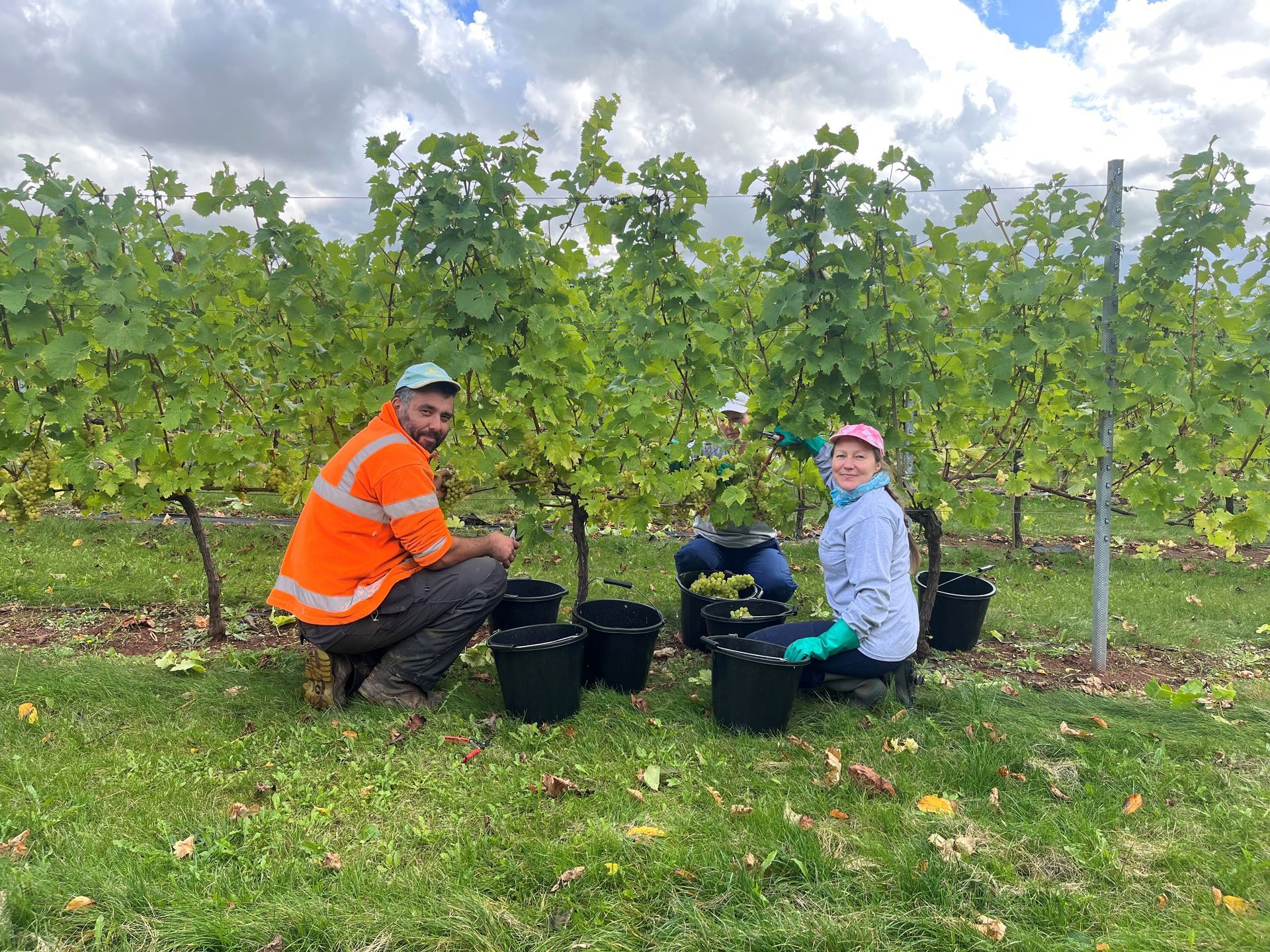
As harvest approaches, we shift gears into full preparation mode. We pick by hand and every detail matters to ensure a smooth and successful harvest. Canopy management We start by tidying the canopy so the ripe, pickable fruit is clearly visible. Ground maintenance Our team clears the under-vine strip of weeds, so we can place crates directly beneath the vines without risking damage from tractors. Alleyways are mown to make movement easier for our pickers. Planning & coordination We meet to review yield estimates and lock in harvest dates. We book picking teams, winery slots, and transport early. Coordinating pickers, machines, winery, and logistics is a balancing act – constant communication and flexibility are key. We may even have to delay picking based on ripeness and weather. Hand-harvesting essentials We estimate around 50 kg of fruit per picker per hour. Crates are laid out the day before, and we ensure we have enough secateurs, buckets, gloves, and plasters, for everyone. Ground crew & palletising Each collection team includes a tractor driver and crate collectors. Everything is labelled, weighed and logged. Smooth logistics Harvest is complex, but with careful planning and teamwork, it’s one of the most rewarding times of the year. We arrange everything ahead of time to ensure a smooth process from vineyard to winery.
